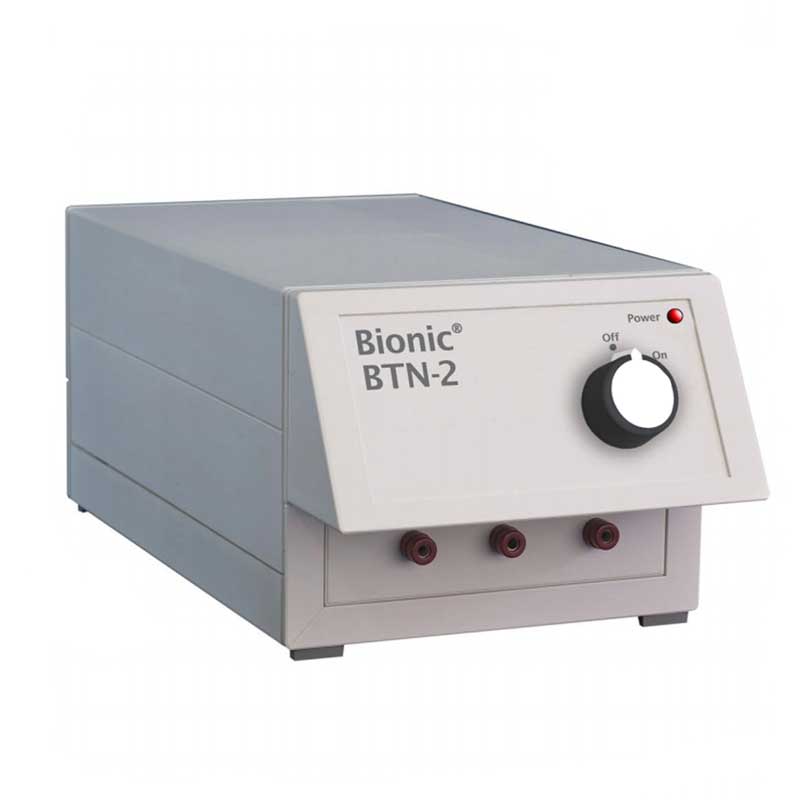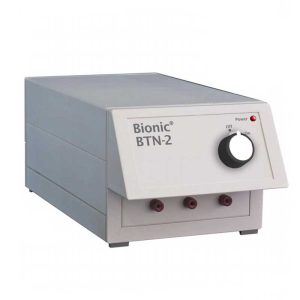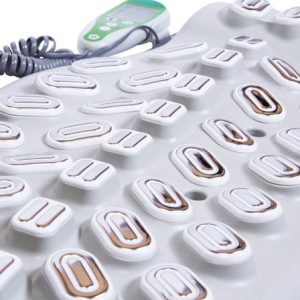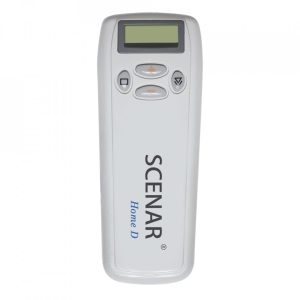Bionic BTN-2
Bionic BTN-2 works like a “reset button” for stress and negative emotions. It helps the body relax and prepare for other treatments by eliminating emotional blockages that prevent proper healing.
Bionic BTN-2 was developed to prepare patients for diagnosis and treatment. Experience has shown that certain physical and psychological states can cause blockages that make testing/diagnosis and patient treatment impossible. The Bionic BTN-2 device is used to prepare patients for therapy through preliminary treatment, for example, in the waiting room. When the existing blockage in the patient is completely eliminated, diagnosis/testing and treatment will be more successful.
Stress-induced blockages eliminated by Bionic BTN-2 include:
Restlessness: Inability to relax, constant feeling of needing to do something or fear of forgetting tasks. This treatment induces a state of withdrawal and calm, making therapy more effective (related to adrenaline).
Histamine: Increased histamine production associated with allergic reactions likely caused by excessive stress, making the body extremely sensitive. The treatment reduces histamine levels and excessive body reactions.
Trauma: Deep-rooted trauma from childhood. The treatment reduces trauma impact. Emotional reactions may occur that need monitoring during the first treatment session.
Emotional Imbalance: Confusion or feeling overwhelmed by the smallest problems. The treatment restores balance so that problems don’t penetrate deeply and the patient can solve them more effectively.
Tension: Most patients experience high tension in daily life due to work conditions and radiation. The treatment eliminates tension (related to adrenaline).
Apathy: Lack of hope in life, inability to take initiative, and feeling overwhelmed by the current situation. The treatment helps patients see meaning in life again and take initiatives to improve their situation.
Depression: Inability to have positive and happy thoughts. The treatment helps regain humor, happiness, and joy.
Reversed Polarity: If the patient’s polarity is reversed, therapy can have a negative effect, worsening the patient’s condition. This is especially true for MS and ALS patients. Reversing polarity ensures a positive effect of therapy.
Blocked Inner Life: Patient’s inability to give or receive love. This is unconscious and not consciously experienced. Partners and children experience this at an unconscious level and respond with additional demands for attention from the patient, leading to rejection by the patient, creating a chain reaction and downward spiral. The treatment allows love to flow again in both directions.
Adrenaline: High adrenaline levels affect a person’s ability to listen and be approachable. The patient doesn’t understand what they’re told, becomes unapproachable, doesn’t retain information, and loses body awareness, becoming insensitive to pain. The body is in constant fight or flight mode, living a continuous struggle for existence. The higher the adrenaline level, the more extreme the effect. The treatment reduces adrenaline levels, making diagnosis and treatment possible.
An average patient will need about 15 minutes of treatment. Stressed and exhausted patients may need half an hour to return to normal state. Depending on the practitioner’s intuition and diagnosis, extremely stressed and blocked patients may need more time.
Clear signs that the patient has received sufficient preliminary treatment are yawning and sudden (unusual) fatigue. Some people have been under stress for so long they don’t remember what it feels like to be tired or normal. Sudden pain may also occur because without adrenaline they can feel and experience their body. Emotions may surface.
Now the patient is open and prepared for testing/diagnosis and treatment.





Reviews
There are no reviews yet.